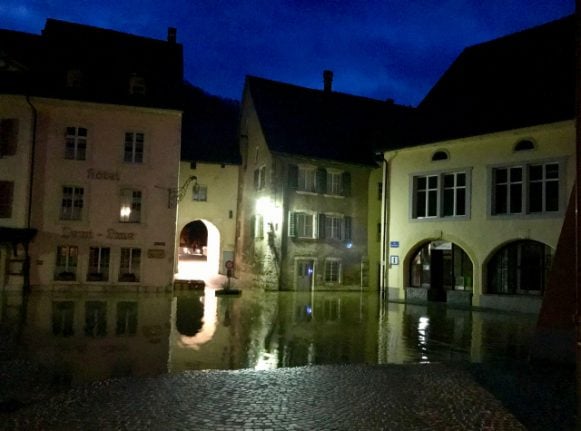Le village de St-Ursanne dans le #Jura inondé par une crue du #Doubs https://t.co/M3mH9oTzhp (image: Gaël Klein/RTS) pic.twitter.com/SjU6ECnLZ8
— RTSinfo (@RTSinfo) January 23, 2018
«#StUrsanne se réveille les pieds dans l’eau #Crue #Doubs pic.twitter.com/fIpCZ7KsGT
— Paupe Nicolas (@popsi78) January 23, 2018
Glissement de terrain sur la route entre St-Ursanne et Epauvillers. Circulation alternée avec feux lumineux mise en place. Situation semble stabilisée selon état des lieux avec géologue. Propriétaires et commune informés. #CantonduJura pic.twitter.com/FZxTmDSi2t
— David Eray (@davideray) January 22, 2018



 Please whitelist us to continue reading.
Please whitelist us to continue reading.